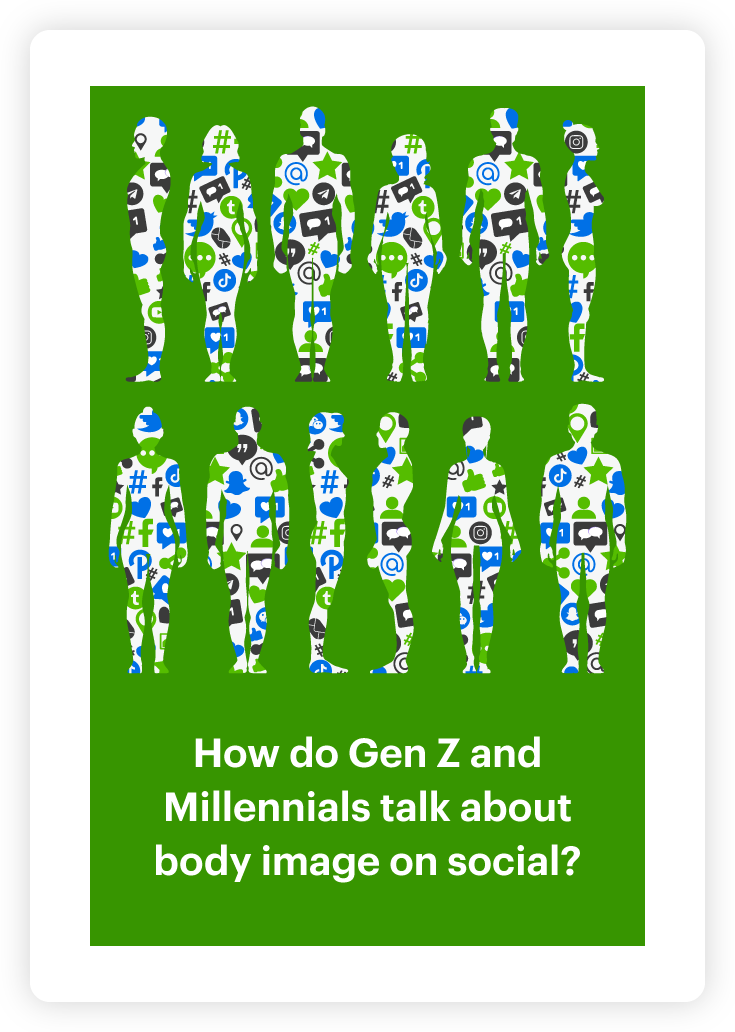How fans talk about sustainability in sport

The growing emphasis on sustainability across all sectors of the economy is evident when you analyze online conversations. One overlooked area from this increased awareness is sustainability in sport.
While environmental, social and governance (ESG) and other sustainability measures are typically associated with corporate entities, sports organizations have an amplified impact in these areas. Once you add in the popularity of the sector – and the bigger focus on it – and sustainability in sports becomes a vital bellwether in how we’re dealing with sustainability globally.
Given its importance, Relative Insight and sustainability experts FuturePlus decided to take an in-depth look. Both organizations wanted to focus on the individuals with the power to drive change within sport – its fans. To do this, we analyzed online conversations around sports and sustainability from 2018 until the present day.
You can read the full findings in our joint report — Sports fans on sustainability: What do they say and what does this mean for organizations? Download the report by using the banner below, or continue reading for a summary of its findings.
What is sustainability in sport?
For many, sustainability is shorthand for environmental impact. While sustainability certainly includes the environment and climate change, there’s more to it than that. Therefore, sustainability in sport is more than simply how green sports organizations are.
The FuturePlus Sustainability Indicators include climate and environment, but also measure diversity and inclusion, economic and social impacts. It’s these five elements which encapsulate a holistic view of sustainability.
Relative Insight and FuturePlus analyzed online conversations about sport through these five lenses. This involved defining each element of sustainability using the Relative Insight platform’s Custom Themes feature. Plotting these themes within a Relative Insight Heartbeat chart enabled us to visualize how discussions around these elements have changed over time.
What did this show? That discussions around these elements are transient, driven by the news agenda. Each of them feature in an undercurrent of conversations before spiking into prominence, then returning to their usual levels.
Take the relationship between sport and human rights as an example. Despite actors with questionable human rights records hosting events, purchasing sports teams and participating in other sporting activity, it took the 2022 Fifa World Cup to bring this topic to fans’ attention. This is true of a range of topics, from sports equipment to women in sport. View them all by downloading the report.
Fans are polarized on sustainability
Polarized fan reactions within sport are nothing new. While this tends to be when their team is facing off against another, our analysis found this also extends to sustainability.
On one side of the field, sustainability-conscious fans are urging sports organizations to do more to boost their sustainability. They’re frustrated with progress in this regard, and were happy to let rip online.
“The US soccer team invited migrant workers to watch practice and got some queer flair for its party? That’s… that’s how they’re addressing the real problems of de facto slavery and human rights abuses at the World Cup? Get the f*** outta here.“
Opposing them is a group whose mindset is ‘stick to sports’. These fans turn to sport for escapism and don’t want the realities of the world to invade the field. They’re don’t want to hear about sustainability issues — they want to watch the game.
“I’m increasingly enjoying reffing and watching women’s football, so switched on the WSL preview show this morning on Sky. 20 mins in I’d been told about travelling green during train strikes, vegan diets, sustainability & car maintenance. Not one mention or highlight of the football.“
Read more of fans’ views on sustainability in the full report.
Authentic action: Sustainability in sport examples
To satisfy both groups of fans, sports organizations need to walk a tightrope. On the one hand, they need to become more sustainable not only because it’s the right thing to do, but also to satisfy a growing number of fans who expect the organizations they follow to make a positive contribution.
However, teams and governing bodies need to balance this without alienating fans who don’t want to issue of sustainability to detract from the sports they love. Developing initiatives that are authentic to the sport, while also educating fans on the importance of making a positive impact, is vital to keeping them on-side and engaged.
This may sound like an impossible balancing act, but it can be done. Off-road racing series Extreme E is an example of an organization that has successfully incorporated sustainable practices in an authentic way. Find out how by reading Sports fans on sustainability: What do they say and what does this mean for organizations? now.
Interested in how text analysis can help you understand what your target audiences are saying about key themes? Find out more about how the Relative Insight platform derives insights from text.

